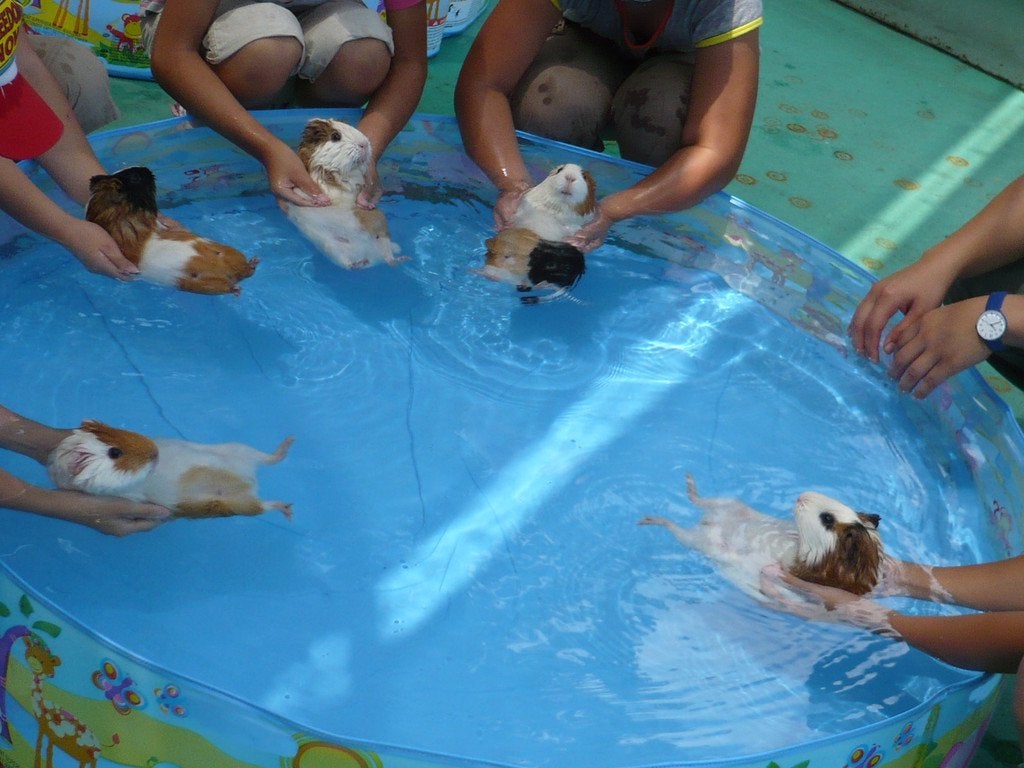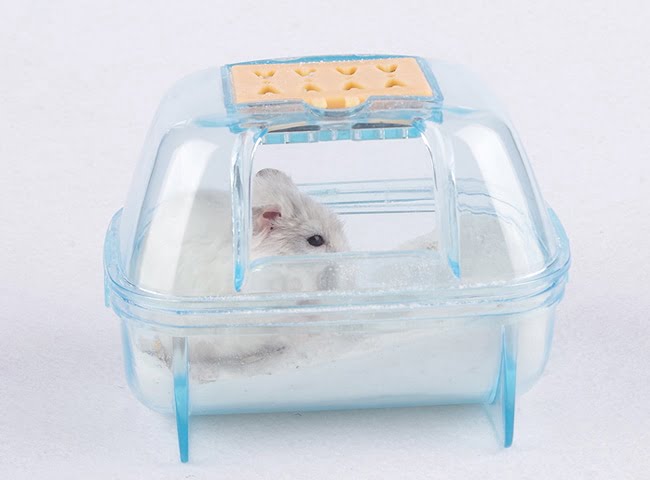Can Hamsters Swim? What Are The Risks Of Swimming?

How Do Hamsters Swim? Or how is the swimming ability of the Hamster? while hamsters usually live in a dry environment and dwarf hamsters live in a dry environment in the wild. They live in the steppes and deserts of the Middle East and Asia. In these areas, they don't have much water. Their bodies have also adapted to be able to walk without much water.
Can hamsters swim?

Research has shown that hamsters have the ability to swim. This is not to say that they are natural swimmers and enjoy being in the water. In the wild, they will rarely encounter large bodies of water. If they get into the water for some reason, they will try to get out of there as soon as possible. They will roam towards the coast and the high temperatures will naturally dry out their fur.
Risks when you let your hamster get wet
If your hamster gets wet, there are some risks that could be fatal. Here are some possible risks when you let your hamster swim or give them a water bath:
• Water removes the natural oils from the hamster's skin, which makes it harder for them to groom themselves
• If your hamster is exposed to (cold) water, it can develop acute pneumonia, a disease that can cause the hamster to die.
• Exposure to water can be stressful for your hamster, which can lead to the hamster biting you
• Your hamster may have a disease called "wet tail" which can be fatal.
• Exposure to water can lead to hypothermia, which is when hamsters lose their ability to regulate their body temperature.
What to do when your hamster gets wet?
As you can see, it's best not to let your hamster swim and avoid contact with water. The only exception, of course, is letting your hamster drink.
If your hamster gets wet, there are several steps you need to take immediately:

• Use a soft dry towel to remove excess water
• Make sure the hamster cage is warm
• Use a hair dryer (cool mode) to dry the hair
Monitor your hamster for the next week and look for signs of illness. If you notice your hamster sneezing, having diarrhea, etc., take your hamster to the vet right away.
How to Keep Your Hamster Clean
1. Brushing

Hamsters, like most rodents, are experts at grooming and keeping themselves clean. They use their saliva to clean the entire body and remove dirt and parasites from the body. If you notice your hamster needs some extra help with cleaning, you don't need to rinse it with water.
2. Sand bath

A better way to "wash" your hamster is to use a sand bath. Hamsters need such sand baths regularly to keep their coat clean and hamsters can benefit from such baths too. Chinchilla sand is placed in a small bowl so your hamster can get in without any problems. Place the bowl in the hamster's cage and remove it when the sand bath is complete.
3. Last resort use a towel
There are some extremely unusual and very unusual cases when your hamster is not able to clean itself by brushing and sand bathing. If you find there is no other way, you can use a washcloth. Gently wipe your hamster as if you were petting them. After you have removed the dirt or grime, use a soft dry towel. Then put the mouse back in the incubator.
Some other related questions
Question 1: Is it safe to bathe a hamster?
As I mentioned, it's not safe to bathe a hamster. It should be avoided at all times as it can cause illness, stress and even death. A good alternative is a sand tank with a cup of chinchilla sand. In extreme cases, when there is no other effect, you can remove the substances with a slightly wet towel. It is not necessary to take a bath.
Question 2: Why do hamsters smell?
Hamsters do not have their own distinctive smell. In most cases, the odor will be caused by rancid food or manure in the cage. If your hamster smells horrible it could be caused by a disease. If you are sure that the smell is coming from your hamster, take your hamster to the vet.